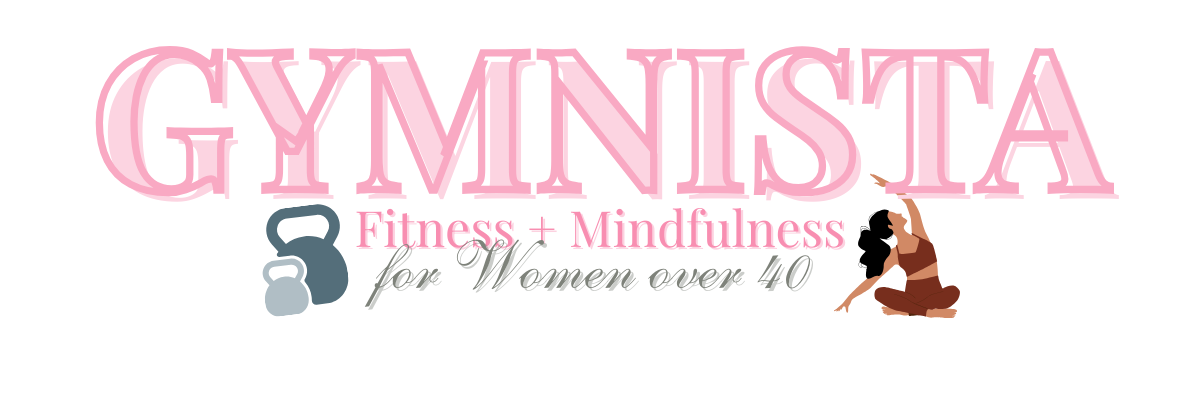As women enter their 40s and 50s, building stronger bones isn’t just a wellness goal, it’s a must. Midlife marks a turning point when bone density naturally begins to decline, and for many women, this silent shift goes unnoticed until it becomes a real issue.
The good news? You’re not powerless. Resistance training, and especially strength training with weights is one of the most effective, scientifically backed ways to slow bone loss, maintain strength, and protect against osteopenia and osteoporosis.
If you’ve been putting off strength training, consider this your sign to start.
Why Bone Density Declines in Midlife
Bone is living tissue. It’s constantly breaking down old bone and building new bone in a process called remodeling. Until around age 30, you build more bone than you lose. After that, the balance starts to shift.
Once estrogen levels drop during perimenopause and menopause, bone loss can accelerate dramatically with women losing up to 20% of their bone density in the 5–7 years following menopause. This is why women are far more likely than men to develop osteoporosis.
Osteopenia (mild bone loss) and osteoporosis (more advanced bone loss) can both increase the risk of fractures, especially in the spine, hips, and wrists. And once bone is lost, it’s very hard to regain — which is why prevention matters so much.
How Strength Training Protects Your Bones
Strength training doesn’t just build muscle — it builds bones too. When you lift weights, your muscles pull on your bones. This stress signals your bones to become denser and stronger to handle the load.
This is called mechanical loading, and it stimulates the production of bone-building cells called osteoblasts. Think of it as a “wake-up call” for your bones to stay strong.
Research consistently shows that women who do regular resistance training have higher bone mineral density than those who don’t — even decades later. It’s one of the most powerful, drug-free ways to fight bone loss.
Best Strength Exercises for Bone Health
Weight-bearing and resistance exercises work best for bone health. Focus on movements that challenge large muscle groups and load the spine and hips (where bone loss hits hardest):
- Squats & Deadlifts: Strengthen your hips, glutes, spine, and thighs
- Lunges & Step-Ups: Improve bone density while enhancing balance
- Push-Ups & Dumbbell Rows: Load your upper body and protect your wrists and shoulders
- Overhead Presses: Strengthen your spine, shoulders, and arms
Aim for 2–3 full-body strength sessions per week, gradually increasing the resistance as you get stronger. Always pair strength training with good form, warm-ups, and rest days to prevent injury.
Lifestyle Habits That Support Bone Density
Training is essential, but bone health also depends on what you do the other 165 hours a week.
- Get enough protein to support bone-building tissue
- Prioritize calcium and vitamin D from food or supplements if needed
- Move daily — walking, dancing, and yoga support bone strength and balance
- Sleep well to support recovery and hormone regulation
- Avoid smoking and excess alcohol, which can accelerate bone loss
Small, consistent habits build a powerful foundation for lifelong bone health.
Start Strength Training With a Plan Made for Midlife
If you’re ready to future-proof your bones, you need a strength training plan that fits your life and your body’s needs now.
My Fitness Over 40 Program is designed to help women build lean muscle, improve bone density, and feel strong and confident through perimenopause and beyond. You don’t need hours in the gym or high-impact moves just a smart, targeted plan that works.
Build your strength now, and your bones will thank you for decades.
0